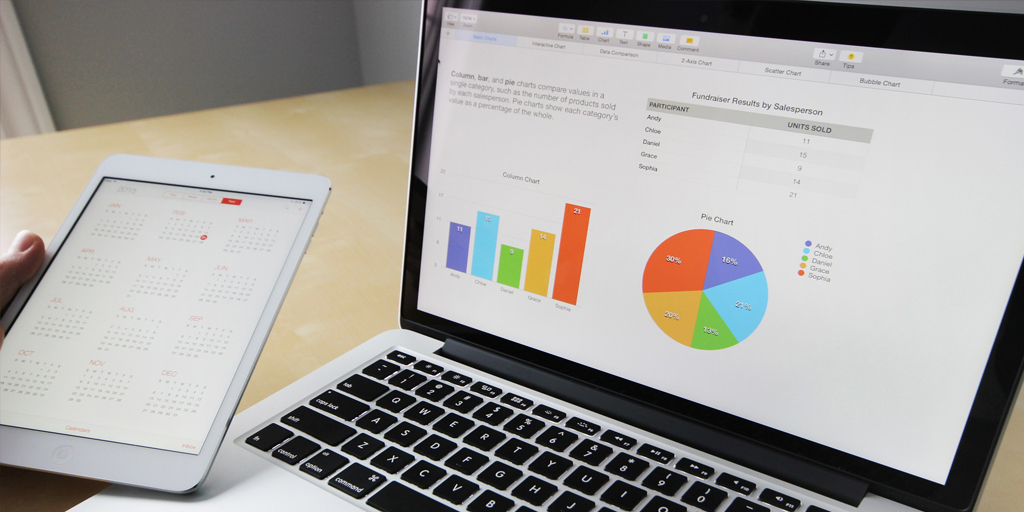What is a Rolling Forecast, why you need it, and how to do it
What is a Rolling Forecast?
Traditional corporate finance just isn’t equipped to handle a fast-paced, interconnected world. From startups to Fortune 500 companies, from Silicon Valley to Wall Street, I have rarely worked with a company that’s gotten its financial modeling completely aligned with the reality of its business. Large corporations have excuses: shareholder scrutiny, stodgy bureaucracies and years of habit. But startups have no excuse.
If you’re part of a young company, you might be familiar with Lean Startup methodology, which advocates a “build, measure, learn” approach that encourages entrepreneurs to continuously test their assumptions with market data. You should be doing the same exact thing with your financial forecasts by having a rolling forecast.
Why you need a Rolling Forecast
Companies need a rolling forecast that serves as a decision-making tool for the next one to three months. Every day that your company operates, you gain better data on monetization, variable costs and other key drivers. The metrics that impact your bottom line today may change tomorrow, so managers need to keep an eye on their models and assumptions. When any of these assumptions change, the forecast should change with them.
With my companies and clients, I monitor our key metrics daily. By tracking them on a daily basis, we can easily tell if we’re on track to meet our monthly estimates. And if we want to tweak our business model to boost margins or cut churn, we can easily check our rolling forecast to see if our actions are having any effect.
Of course, you need to make sure that your metrics are tuned towards the long-term vision of the company. Slashing customer acquisition costs may help margins in the short run, for example, but it won’t help you reach the volume of customers you need to create a sustainable, long-term company. Beyond that, quit worrying about fiscal year or five-year forecasts. Working with these time frames is a waste of time unless you’re trying to raise venture capital. (For that, it helps to create a long-term financial model to avoid looking like an idiot.)
Instead, focus on the next couple of months and monitor your rolling forecast model religiously. Each week gives you the opportunity to optimize how you spend your capital. If performance is trending better than expected, you may want to scale up and put extra money to use immediately. If performance is trending below expectations, ease up and fix the leak.
How to build a Rolling Forecast
Make sure you have a financial model that portrays an accurate monthly representation of your business – both historically and in the future. Update it every month and re-adjust your forecast based on the current reality. You don’t need to spend a lot of time on the rolling forecast each week (or month) to benefit from it. Here are a few tips:
1. Keep your rolling forecast simple and lay it out in a spreadsheet.
Finance is basic algebra at most, so anyone should be able to look at it and know what is going on in seconds. The more complicated you make it, the less you will use it. Create detailed buildups for meaningful line items, such as revenue (price x volume by source), cost of goods sold (cost x volume), personnel (by each employee) and marketing (by channel). Don’t waste time forecasting all of the “other” expenses that are hard to predict accurately and won’t move the needle–just consolidate them into one line.
2. Make your forecast data-driven.
We don’t simply assume that we will gain 10,000 new users this month or hit a certain growth rate. We forecast new users from the bottom up with quantifiable assumptions that we can edit in real-time (e.g. marketing spend, current CPA, average viral invites per user and conversion rates). Understand how all your key business metrics and financials link together within your model, and make sure they are connected and driving each other. Include historical metrics in the model to compare them with your rolling forecast projections.
3. Understand your cash flow, not just the income statement.
Poor working capital management causes many early-stage companies to fail – even if they’re profitable. Make sure you understand the timing of receivables and payables as they relate to income and expenses and tie those line items in your rolling forecast to their drivers if they’re a potential issue. If you are an unprofitable startup, you should know the exact date you run out of cash under different scenarios in the rolling forecast.
4. Always ask “so what?”
How does this matter to my business? Finance is the language of business, so take time to sit down with your analysis and reflect on what it is telling you. Many businesses spend more time updating their monthly reports than they do analyzing and discussing them.
Pitches and budgets are part of doing business, but they are not management tools. So stop operating according to outdated plans. Adapt your financial strategy the same way you would a product or marketing strategy. A rolling forecast will tell you whether you are winning or losing at all times – and which levers you can pull to win more and lose less.
I hope a rolling forecast helps you monitor your business. Please share this article with your finance team or a friend who could also benefit. You can also follow me on Instagram or sign up for my free weekly digest about ways to travel the world, build a successful business or career, and make a difference at the same time:
Error: No feed found.
Please go to the Instagram Feed settings page to create a feed.
Rolling Forecast


